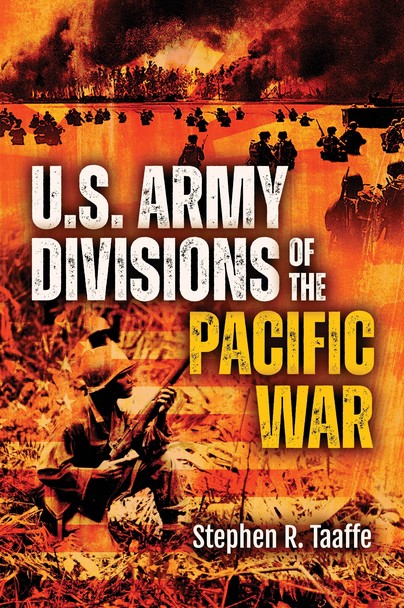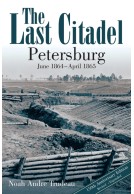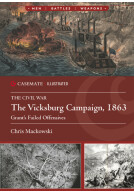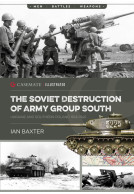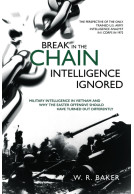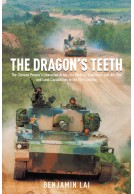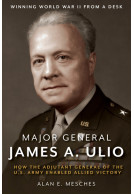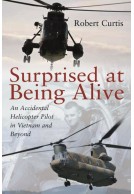U.S. Army Divisions of the Pacific War (Hardback)
Imprint: Casemate Publishers
Pages: 256
Illustrations: maps
ISBN: 9781636244495
Published: 14th June 2024
Pages: 256
Illustrations: maps
ISBN: 9781636244495
Published: 14th June 2024
You'll be £29.95 closer to your next £10.00 credit when you purchase U.S. Army Divisions of the Pacific War. What's this?
+£4.99 UK Delivery or free UK delivery if order is over £40
(click here for international delivery rates)
Order within the next 9 hours, 53 minutes to get your order processed the next working day!
Need a currency converter? Check XE.com for live rates
(click here for international delivery rates)
Order within the next 9 hours, 53 minutes to get your order processed the next working day!
Need a currency converter? Check XE.com for live rates
Despite the prevailing view that the Marine Corps bore the brunt of the fighting in the Pacific War, the men of the US Army played a decisive role in the conflict. Indeed, GIs did most of the war’s heavy lifting on the ground by conducting more amphibious assaults and prosecuting more operations than the Marines. By the end of the war there were 1.77 million U.S. Army troops in the Pacific and Asia, compared to the USMC’s 484,000. The Pacific was as much the Army’s war as the fighting in the European theater. The U.S. Army deployed twenty combat divisions to fight in the Pacific, including famous ones such as the 1st Cavalry Division and the 25th “Tropic Lightning” Division. Most were infantry, and included Regular, National Guard and draftee divisions.
The divisions were deployed and maneuvered by theater, field army, and corps commanders around the Pacific’s geostrategic chessboard to battle and defeat the Japanese. The Army may have wanted its divisions to be interchangeable and uniform, but this proved impossible. Their quality and performance depended upon their resources, the geography and terrain on which they fought, experience, leadership, and organizational culture. Historians, though, have made little effort to examine their records in a systematic way before now. In addition, almost all of the Army’s divisions, some after admittedly rocky starts, became units capable of winning their engagements. Indeed, not a single Army division fighting the Japanese during the American counteroffensive across the Pacific was completely destroyed in combat. Whatever problems these divisions faced tended to grow out of the society that produced them, not fundamental flaws in Army doctrine. This is a tribute to the Army as a whole and to the twenty divisions that the Army deployed against the Japanese.
This new history uses a narrative approach to describe and analyze each division's history, characteristics, and battles during the conflict, concluding with an assessment of their battlefield records, taking into account the innumerable factors affecting their combat performance.
Customers who bought this title also bought...
Other titles in Casemate Publishers...







